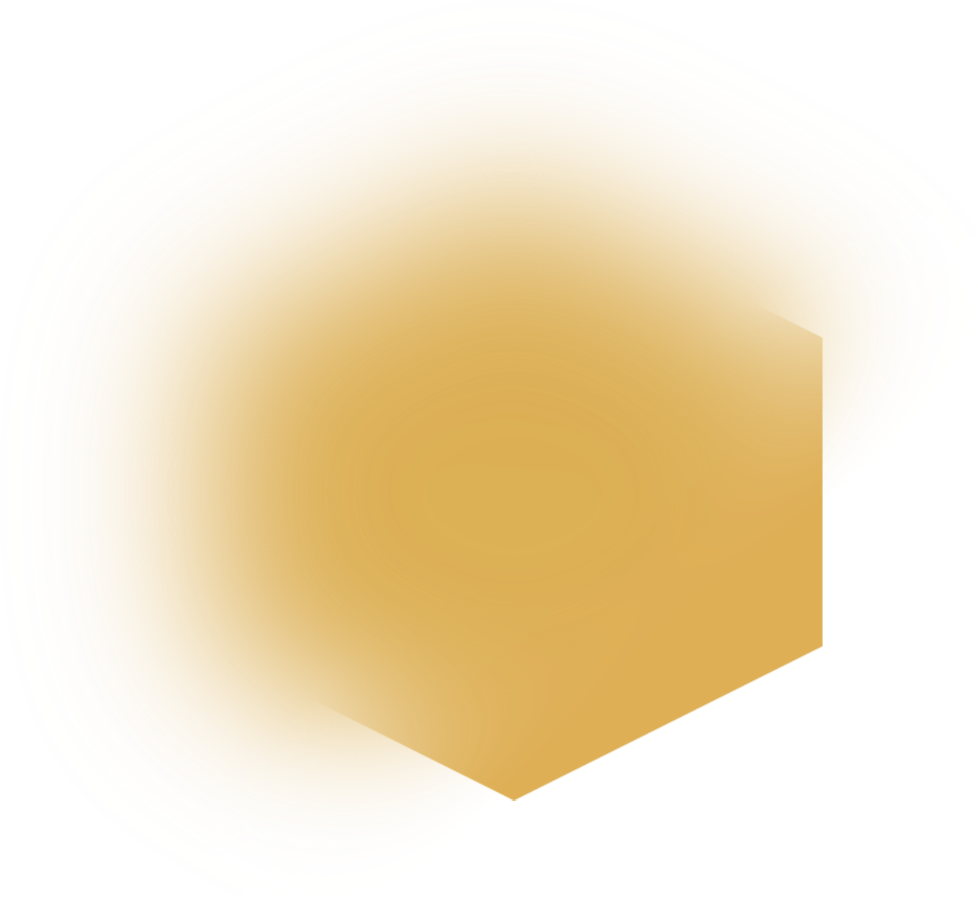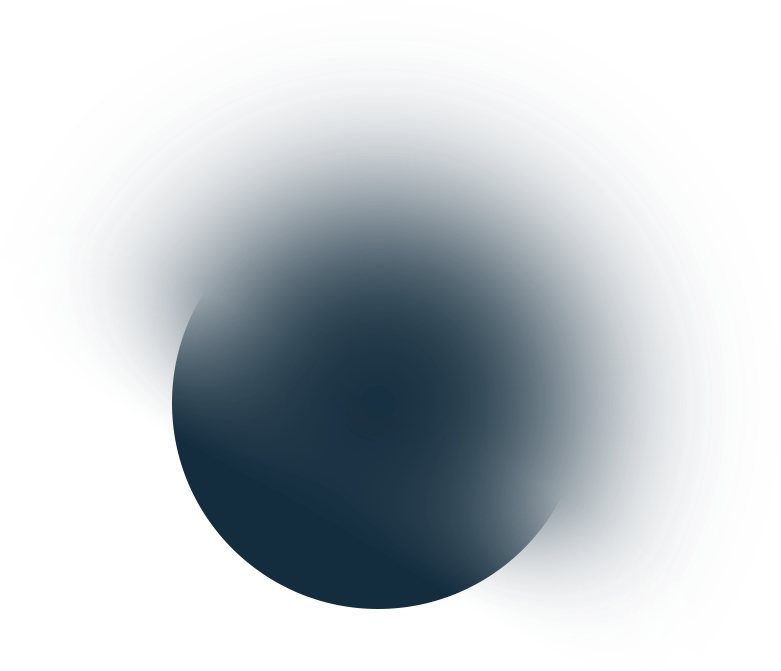Kavli Prize Laureate Lectures
Kavli Prize Laureate Lectures
Nanoscience
Robert S. Langer, Armand Paul Alivisatos, and Chad A. Mirkin are awarded the 2024 Kavli Prize in Nanoscience. The citation states that they "have revolutionized the field of nanomedicine by demonstrating how nanotechnology can advance biomedical research and practice." As part of the Kavli Prize Week program, they will give lectures about their research at Oslo Science Park.
The lectures will be recorded and published on our YouTube channel.
Photo credit: CCBIO/Ingvild Constance Festervoll Mel
Robert S. Langer
Robert S. Langer is an American chemical engineer with expertise in biotechnology and biomedical engineering. He serves as an institute professor at the Massachusetts Institute of Technology. He was the first to develop nano-engineered materials that enabled the controlled release, or regular flow, of drug molecules. This capability has had an immense impact for the treatment of a range of diseases, such as aggressive brain cancer, prostate cancer and schizophrenia. His work also showed that tiny particles, containing protein antigens, can be used in vaccination, and was instrumental in the development of the delivery of mRNA vaccines.
Photo credit: The University of Chicago
Armand Paul Alivisatos
Armand Paul Alivisatos is an American chemist who serves as the President of the University of Chicago and the John D. MacArthur Distinguished Service Professor in the Department of Chemistry. He demonstrated that semiconductor nanocrystals, or quantum dots (nanoparticles that possess bright, size-dependent light-emitting properties), can be used as multicolor probes in bioimaging. Essential to this achievement was the synthesis of biocompatible nanocrystals. Semiconductor nanocrystals became the basis for the widely used research and diagnostic tools such as live cell tracking, labelling and in vivo imaging.
Photo credit: Northwestern University/Matthew Gilson
Chad A. Mirkin
Chad A. Mirkin is an American chemist with expertise in materials sciences and medicine. He is a professor at Northwestern University where he also serves as Director of the International Institute for Nanotechnology and the Center for Nanofabrication and Molecular Self-Assembly. He engineered spherical nucleic acids (SNA) using a gold nanoparticle as the core, and a cloud of radially distributed DNA or RNA strands as the shell. He was then able to show how SNAs can be combined to create larger structures and how they can be used in biodiagnostics. His discovery led to the development of fast, automated point-of-care medical diagnostic systems.


